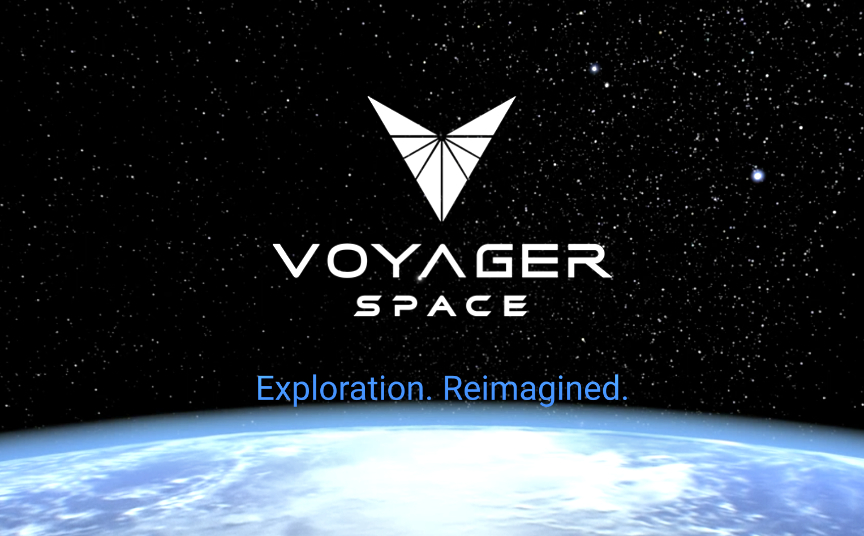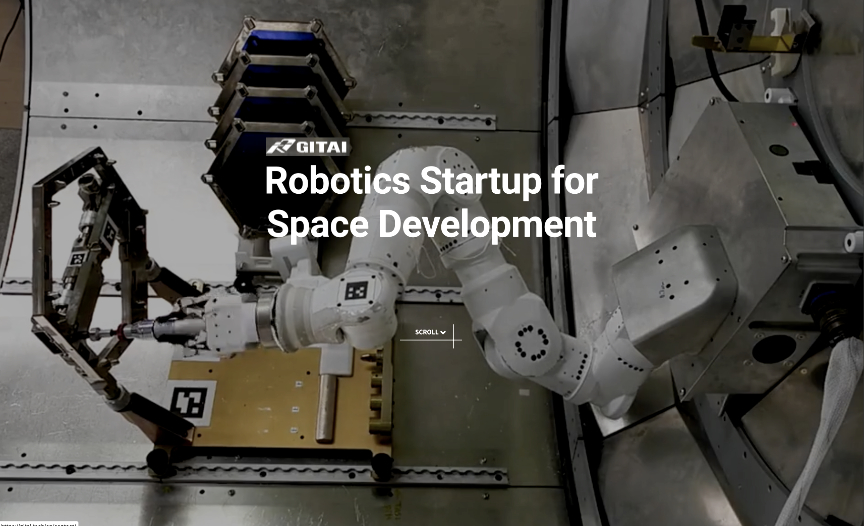
More than a year has passed since Voyager and Nanoracks’ Bishop Airlock took flight and became the first permanent, commercial addition to the International Space Station (ISS).

Most recently, the company sent five customer missions to the ISS onboard Northrop Grumman’s 17th (NG-17) commercial resupply mission. Along with customer research and technology, Nanoracks launched some the firm’s own hardware: a trash collector and deployment system, the latest innovations for the Bishop Airlock in collaboration with the team at NASA’s Johnson Space Center.

This first-of-its-kind space trash bag technology aims to offer a more efficient and sustainable model for eliminating waste collected aboard the ISS. Until now, the need to wait for an uncrewed cargo craft to depart with trash and other items that are no longer needed can take up valuable room inside the ISS that could be used for critical research. Increasing the disposal cadence can allow for fuller use of ISS resources while also improving the astronauts’ living conditions.
Voyager and Nanoracks’ new trash disposal concept, launched on NG-17, uses a specially designed deployment system and container which can hold up to 600 pounds (272 kg) of items ready for disposal. The system is mounted inside the Bishop Airlock with the bag empty, and once filled, the bag is closed and cinched tight awaiting deployment.
When the ISS robotic arm grapples Bishop, moves it, and points it away from the ISS, the deployer then jettisons the trash bag away from the ISS. The bag will orbit the Earth for several months until it naturally burns up upon re-entry into the atmosphere. This system is based on the foundational, flight-proven designs of Nanoracks’ commercial satellite deployment equipment, and a utility that is critical for future operations on commercial space stations, such as Voyager and Nanoracks’ Starlab.
GITAI’s Robotic Arms Highlight Potential for Robotic and Crew Collaboration
In 2020, Nanoracks announced its collaboration with GITAI to demonstrate a GITAI robot executing versatile tasks inside Bishop. The demonstration was successfully completed in 2021, marking a momentous occasion for both companies – highlighting both the benefit of the Airlock and the use of autonomous robotic arms in space.

The successful use of these robotic arms is a testament to the immense number of potential applications in space, particularly for docking, repairs, and maintenance for On-Orbit Servicing (OOS) and conducting various tasks for lunar exploration and lunar base construction. Using pre-programmed/autonomous features and using virtual reality controllers, GITAI demonstrated how robotic support can save astronauts valuable time on low-priority tasks and instead allow them to focus on the missions at hand. This illustrated the power of robotics and crews working hand-in-hand to make for a highly productive space mission.

ESA and NASA’s Use of the Bishop Airlock
The Bishop Airlock received attention from some of the biggest names in space — NASA and the European Space Agency (ESA) have pre-purchased five and six Bishop Airlock cycles, respectively, for agency and third-party use.
The first of NASA’s airlock cycles will support the trash removal technology demonstration. Some Bishop use cases to support NASA and ESA-sponsored missions include cubesat and smallsat deployment, hosted payloads, microgravity and robotics experiments, Extra-Vehicular Activity (EVA) support, and more.
The pre-purchases indicate the wide-ranging opportunities that the Bishop Airlock provides for the future of space. With these relationships, Voyager and Nanoracks are opening the door for further critical technological advancements to serve the greater space economy on an international scale.
The Bishop Airlock has wide-ranging benefits now only just starting to be used — with Bishop, the future is bright – and clean, as well.

